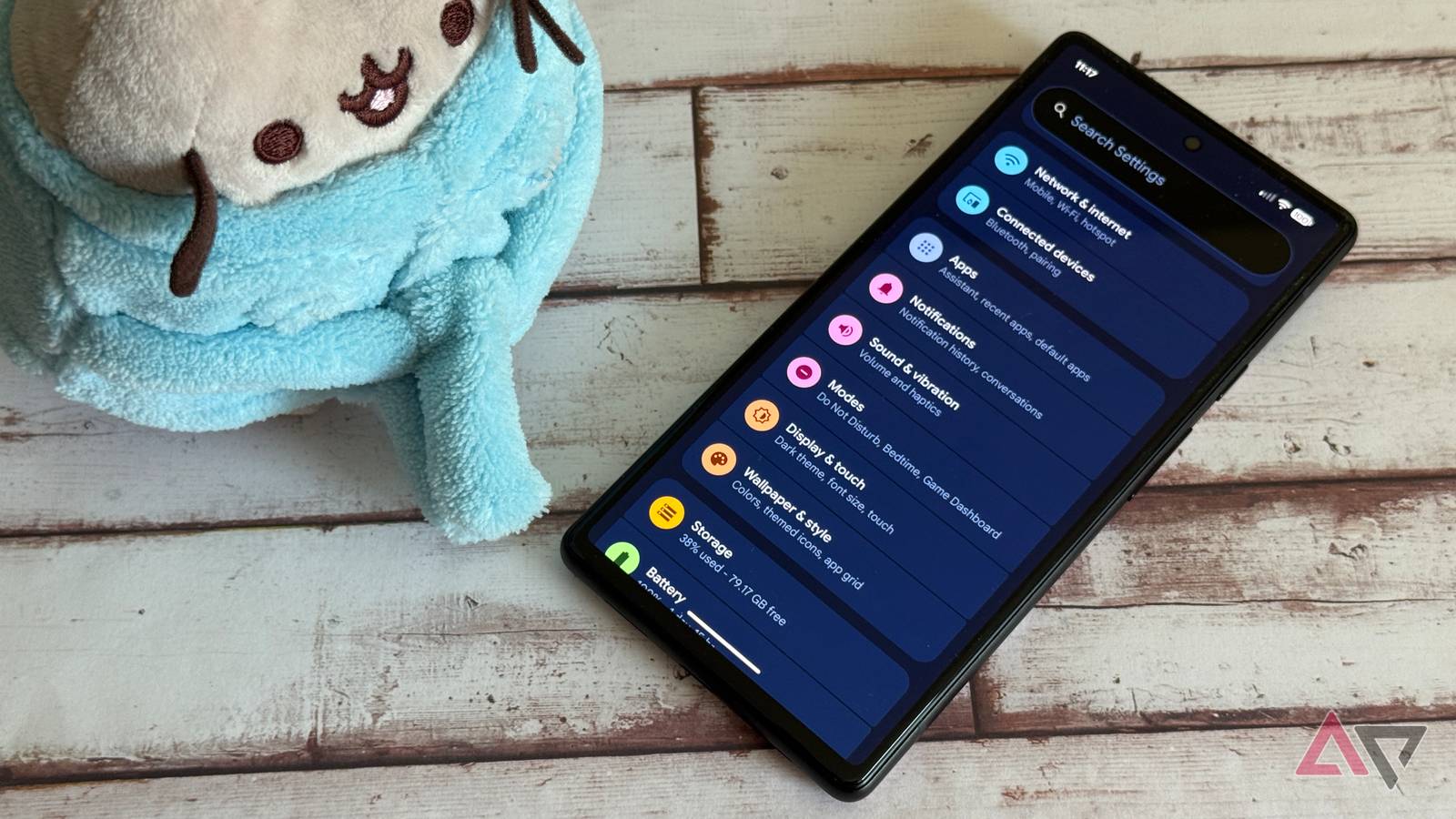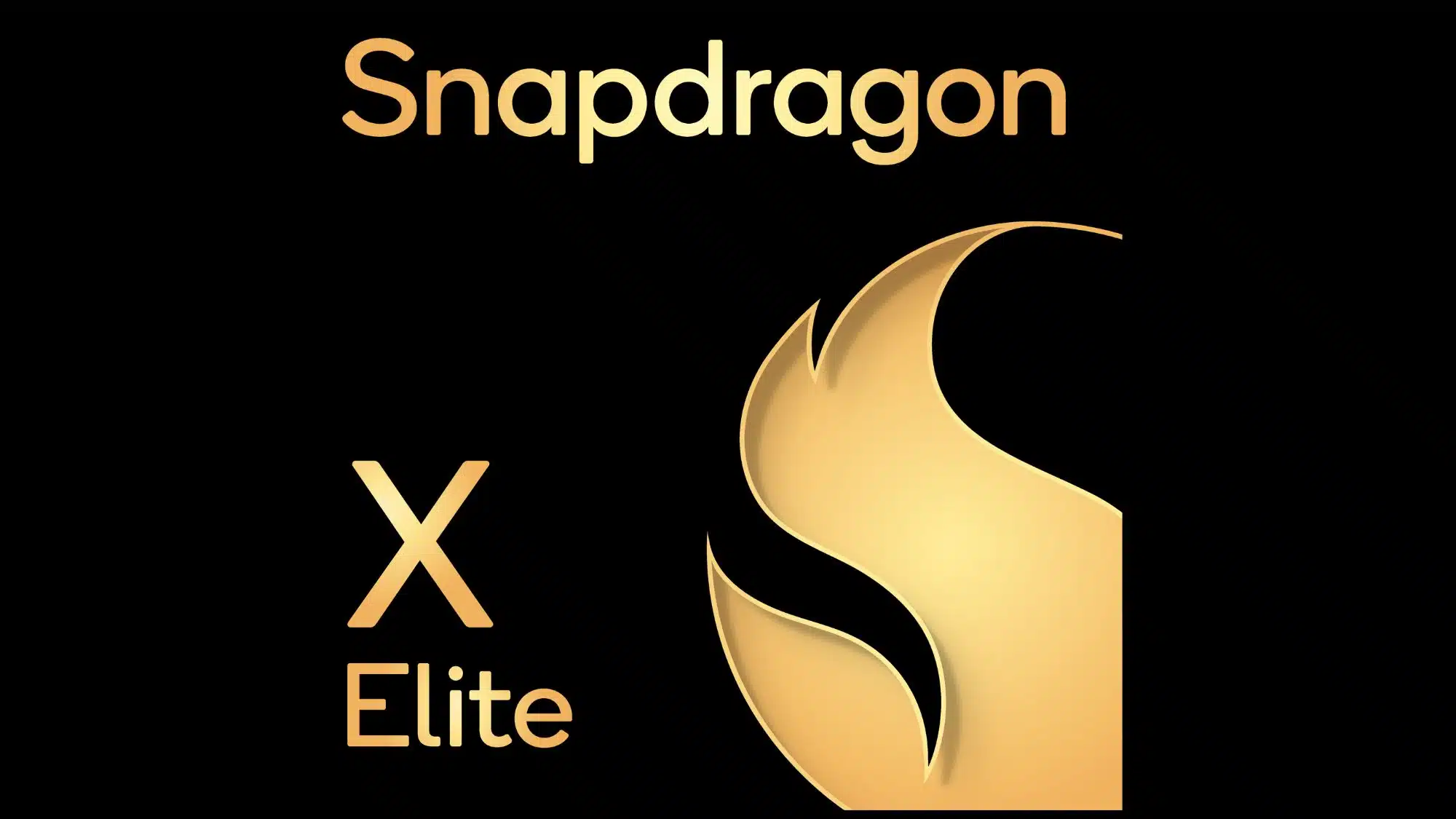The Samsung Galaxy Z Fold7 smartphone (Photo by JUNG YEON-JE/AFP via Getty Images)
AFP via Getty Images
A look back at this week’s news and headlines in the Android world, including leaked Pixel 10a details, Samsung’s S-Pen plans, OnePlus 15’s new photography approach, Oppo’s powerful battery and charger, open letters protesting Google’s developer plans, Galaxy Trifold release details, Murena’s Fairphone 6 coming to the US and the Retroid Pocket 6 surprise.
Android Circuit is here to remind you of some of the many discussions surrounding Android over the past seven days. You can also read my weekly Apple news roundup here on Forbes.
Is Samsung’s S-Pen coming back to the fold?
While Samsung’s desire to opt for a thin format with the Galaxy S25 Edge does not appear to have found success in the market, the opposite is true for its Galaxy Z Fold 7 and Z Flip 7, which enjoyed commercial success and strengthened Samsung’s market share in the foldable space.
Next year’s Galaxy Z Fold8 is currently in development and the South Korean company is close to bringing back a fan favorite; the S-Pen stylus will returnaccording to Ben Schoon of 9to5Google:
“Samsung’s popular stylus was removed from last year’s model in an effort to make the device thinner, but not without customer backlash. There are no further details on how Samsung intends to revive this feature, but I hope it proves true.”
Familiar Pixel 10a design leaks
Google’s Pixel 10 family won’t be complete until the arrival of the Pixel 10a. The “A-series” Pixel phones offer near-flagship specs with the same Google Tensor chipset in a more budget-friendly package. They usually launch a few months after the main line of phones, so the community is waiting for details of the 10a.
Some of them arrived this week, with Android Headlines’ Alexander Maxham revealing CAD design files that showcase the Pixel 10a’s (lack of) curves and a design that fittingly echoes the Pixel 10, Pixel 10 Pro, and Pixel 10 Pro XL:
“Google is sticking with what appears to be a completely flat plastic back that sits flush with the camera module. Google is also sticking with a dual-camera setup on the back and rather thick bezels on the front. The volume rocker continues to be below the power button – the opposite of almost every Android phone on the market.”
The OnePlus 15’s new approach to photography
OnePlus has confirmed that the OnePlus 15 flagship smartphone will be available worldwide on November 13. It will come with the recently updated OxygenOS 16 software, which promises increased speed and the use of AI to create a “personal intelligence” experience. The real breakthrough seems to be in the camera. This model abandons the long associated with Hasselblad and OnePlus introduces its own imaging engine “DetailMax”.
Nicholas Sutrich spent some time with the OnePlus 15 and put the new software and imaging hardware through their paces, first checking to see if OnePlus had addressed a long-standing concern about harsh contrast and fading of bright colors:
“So far, the new DetailMax engine seeks to solve both of these problems, giving me a more realistic image that looks like what my eyes saw, not what the camera software thought was better. The weather was pretty terrible in my part of the world this weekend, but I was able to head to the mountains late last week when it was a clear, calm morning and capture fall in a way that felt authentic to me.
Oppo finds a power and charging win
Oppo’s latest Find X9 Pro has been launched globally and its specifications are attractive. The big victories of the Find X9 Proaccording to the GSM Arena team, are the camera and the battery. At 7,500 mAh, it’s a beast of a battery. Although some fear that international broadcasting will be the same size given the regulations, this concern appears unfounded.
“We’re not used to getting such capabilities on high-end phones and even when we hear about huge batteries in some markets, they usually don’t make it where we are. Well, Oppo has overcome all the regulatory hurdles that have stood in its way before, and the Find X9 Pro promises unparalleled endurance.”
Pushing back Google’s developer sign-up plans
Community backlash against Google’s forced registration of developers who want their apps to be installable on Android devices with Google Play support gained momentum this week with the launch of the campaign’s website. keepandroidopen.org. This succinctly sets out the arguments of the Open Source community (and others) about the dangers presented by Google’s actions.
The Register’s Thomas Claburn spoke with organizer Marc Prud’hommeaux:
Among Android developers, opposition to Google’s plan has been almost universal, Prud’hommeaux told the Register in a phone interview. “I’m kind of overwhelmed by the amount of support,” he said. “I would say upwards of 90 to 95 percent of people are somewhere between concerned and outraged, but almost everyone is against it.”
Google did not immediately respond to The Register’s request for comment.
Samsung’s Triple Play may not be near you
This week saw the launch of Samsung’s dual-hinge Galaxy Z Trifold at the APEC CEO Summit. True technological flexibility, the transformative handset will go from a candy bar with a 6.5-inch screen, through an 8-inch mini-tablet, to a full 10-inch tablet.
The question of availability remains unresolved. Previously, with new concepts and phones “out there”, Samsung had limited the release to a few territories. This will probably be the case here, with the Distribution Galaxy Tri-Fold limited to South Korea, China, Singapore and Taiwan.
No Google here in the United States
One phone making its way to the US and away from Google’s dominance is the partnership between Murena and Fairphone, with the titular Murena Fairphone (Gen 6). It’s on sale today for $899 for the 256GB model.
On the hardware side, you have the modular Fairphone 6, which allows easy repairs at home. On the software side, you have Murena’s e/OS/ which focuses on privacy and security – in part by ditching the Google Play suite and replacing Google apps with alternative clients for services like email, browsing and calendar appointments.
And finally…
This week, retro handheld specialist Retroid announced the Retroid Pocket 6 and opened pre-orders for delivery in January 2026. Except that two days later, it ended pre-orders. Community backlash over the design changes – including a new under-screen control strip and intense emotions over the placement of the D-Pad, saw Retroid issue a very public request for comment.
Time Extension’s Jack Yarwood examines the potential positive feedback loop between the gaming public and the Retroid Pocket 6 team:
“In order to find out the true extent of these opinions, the company is therefore asking potential customers on social media whether they should move the panel to the back and which layout they would prefer once pre-orders resume.
“As some have noted, it’s a little weird to want to change devices this late in the handheld’s development, but at the very least it shows that Retroid is willing to listen to feedback and address potential issues raised by members of its community.”
Android Circuit brings together news from the Android world every weekend here on Forbes. Don’t forget to follow me so you don’t miss any coverage in the future, and of course, read the sister column in Apple Loop! Last week’s Android tour can be found hereand if you have news and links you would like to see appear in Android Circuit, contact us!










